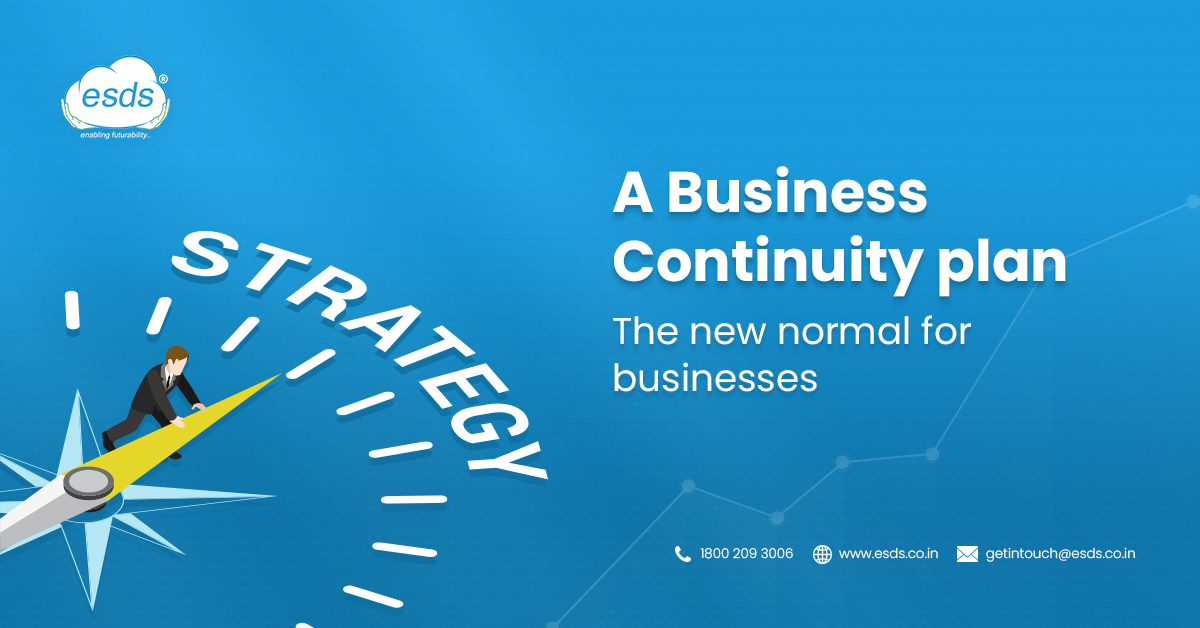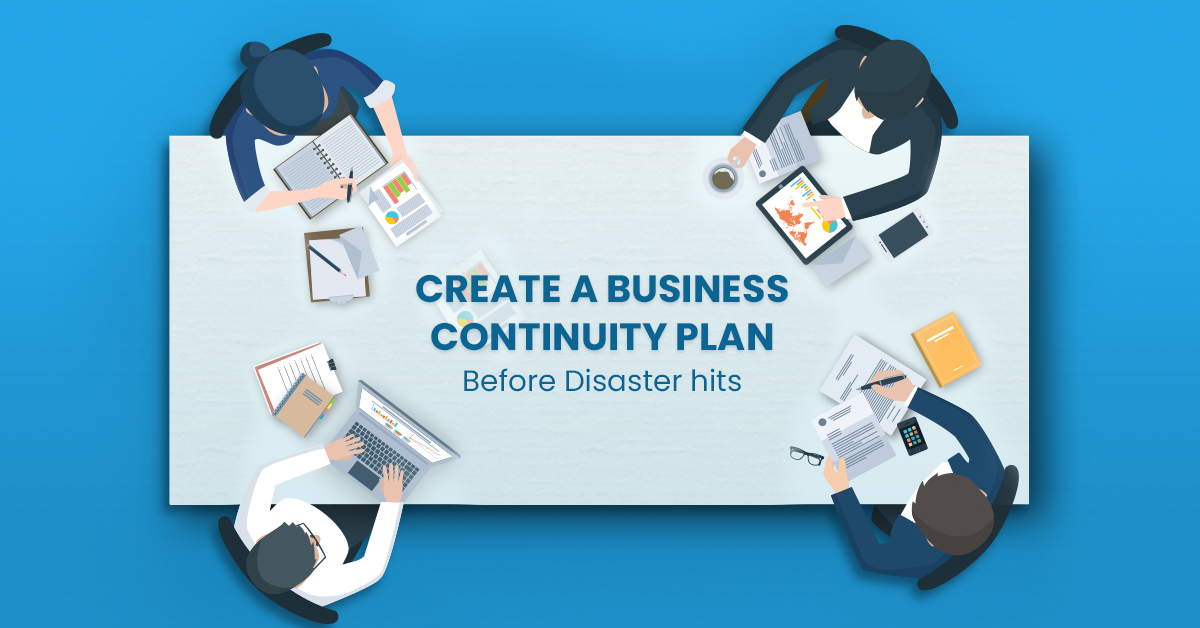Business Continuity plan – The new normal for businesses
Businesses frequently undervalue a business continuity plan. Any unforeseen interruption of regular business operations might result in significant obstacles and expensive setbacks. Operations are harmed and revenue can potentially worsen.

Unexpected delays might take many different shapes. A power outage is a basic example of this. It might be a powerful hurricane. In the end, anything that interferes with regular business operations might be considered a disaster. Whatever the reason, unplanned refers to unexpected.
A business continuity strategy puts you in a position to lessen the effects and harm of an unforeseen occurrence.
Reasons why your business needs a well-crafted BCP
Regular activities must continue during a crisis, occasionally even more so during one; therefore, a business continuity strategy is crucial. Maintaining your operations will be facilitated by having a business continuity strategy for every disaster.
Here are some ways that having a BCP could help your company save time, money, and valuable resources after a disaster or crisis.
Reason #1 – Business must go on
This is made feasible by defining the steps that must be performed to guarantee that operations continue to run regardless of the type of disaster. For instance
- Can you move to a server or network in a running data center if the power goes out without knowing when it will be restored?
- In the event of a server failure, do you have a backup server (or virtual server) available?
- Can your workers operate remotely if your office location becomes unreachable for whatever reason?
You consider any disruption that can occur when creating your business continuity strategy. One of the key causes for offsite and redundant backup being one of the most crucial components of IT resilience is the loss of power or an office location.
Downtime is not an option for your company. The difference between getting back up and running in a matter of minutes vs days or even weeks may be made by having a strong business continuity strategy.
Reason #2: Disaster Recovery
Disaster recovery is important for restoring business operations, as mentioned in the preceding section.
Disasters do occur. While being ready may not stop the calamity, it helps lessen its effects on your company.
According to research, 40% of small firms never fully recover after a crisis. Larger enterprises suffer significant losses.
When we consider disasters, we frequently consider significant occurrences like quakes, floods, and natural disasters. But these aren’t the only reasons for downtime. Human error-related data deletion, users’ inadequate security practices, ineffective staff, and accidents are among the top causes of IT downtime.
Downtime is not an option for your company. The difference between getting back up and running in a matter of minutes vs days or even weeks can be made by having a strong business continuity plan.
Reason #3: Data suggests that backups are insufficient
Most businesses use some data backup. If you can’t access your data, as can happen in a power outage or if you have to temporarily leave your office location, having data backups are useless. In the event of a calamity, accessing data may prove challenging. After all, having a backup is not the same as being able to access it.
How will you get that data in the case of a failure is a question that business continuity planning poses.
For instance, the typical business backup is at least one petabyte in size. This strains the capabilities of traditional storage. A small to mid-sized business’s capacity and bandwidth might be taxed by several gigabytes of data backup. Furthermore, it is useless if your gear or data center isn’t equipped to manage this volume of data.
Organizations can operate crucial business applications from backup instances on cloud-based virtual servers by implementing business continuity and disaster recovery solutions that use such technologies. This strategy can essentially “turn a switch” and minimize downtime.
Reason #4: Insurance does not protect your data
Every year, cyberattacks improve in sophistication and effectiveness. 68 percent of breaches took months or more to be discovered, according to a 2018 analysis of organizations that had been hacked. Additionally, insurance does not recover data if a data center, server, backup, or access to any of these is lost.
The full cost of a disaster’s damages cannot be covered by insurance. Yes, it can cover the price of repairs, but it has little impact on the revenue lost and the possibilities for future business.
Reason #5 Competitive advantage
You will be far ahead if you can resume regular business activities while your rivals are still figuring it out. Your company will stand out as a leader and one that can be trusted and relied upon if you quickly get your network up and running, restore access to your business data and documents, and reconnect your employees so that they can interact with one another to help your clients.
Create a Business Continuity Plan Before Disaster hits
The more often you test your plan, the better your strategy will work since you’ll be able to spot any issues early and make the necessary adjustments before a crisis arises. Your business continuity plan will be more effective when it’s in the hands of professionals.
ESDS covers you with a well-defined business continuity plan that will leave you with a clear roadmap. You can secure your data and applications and quickly recover from disturbances with ESDS’s BCP, which aids your ultimate business goal.
- Why does your business need Endpoint Detection and Response (EDR)? - May 15, 2024
- Are your business endpoints completely secure? - March 26, 2024
- Is Colocation key to transforming your data center management strategy? - March 22, 2024

